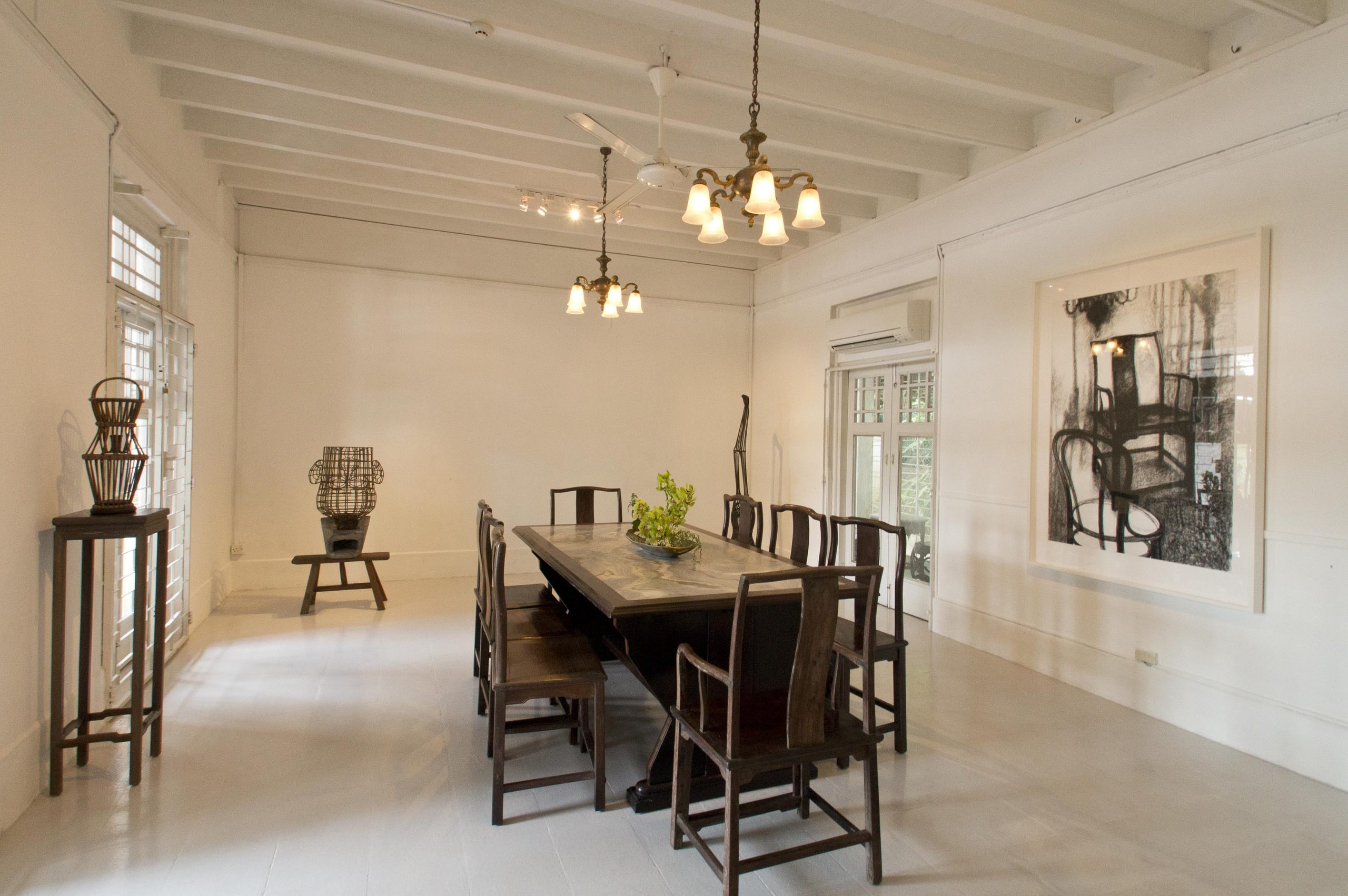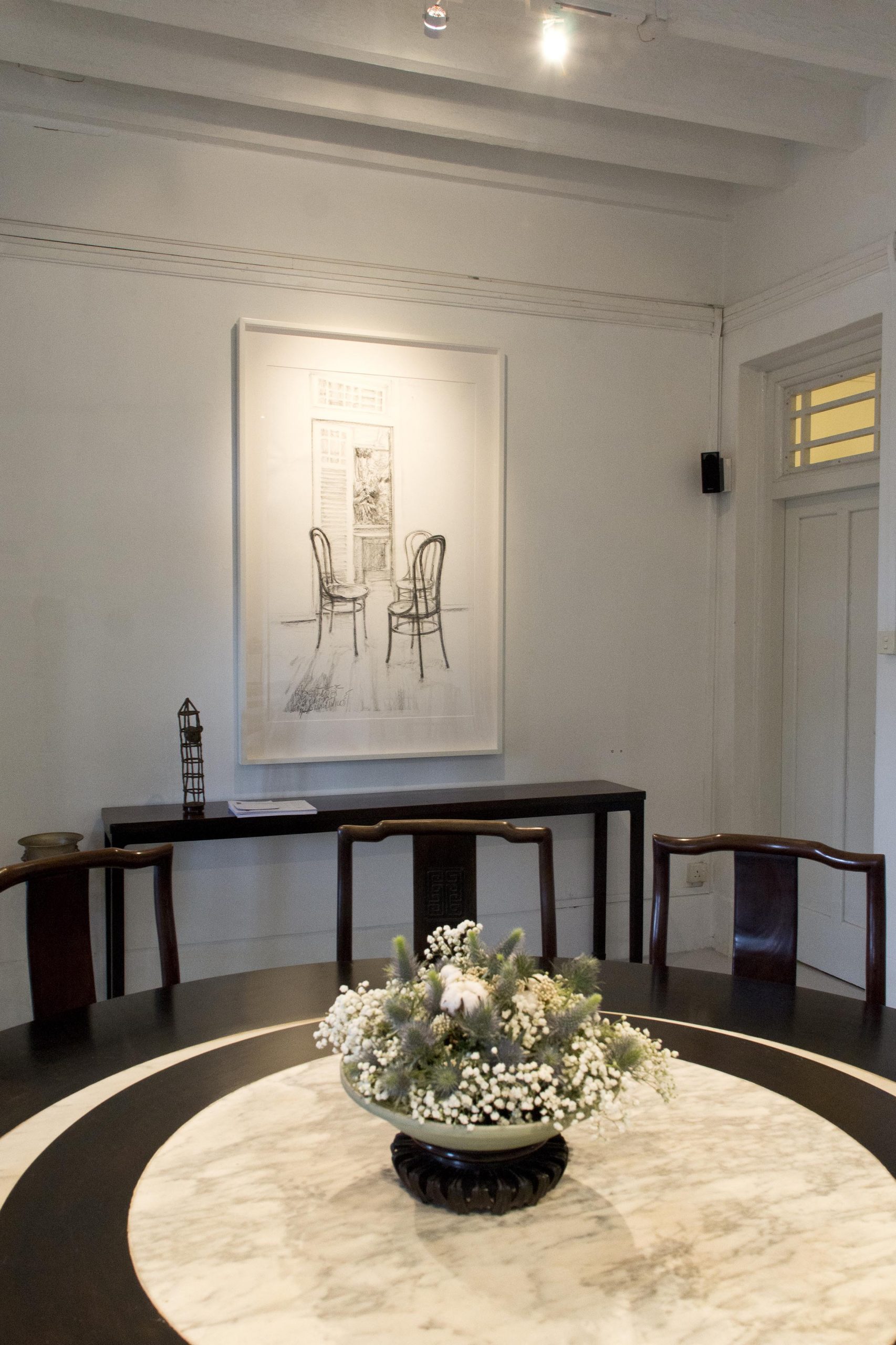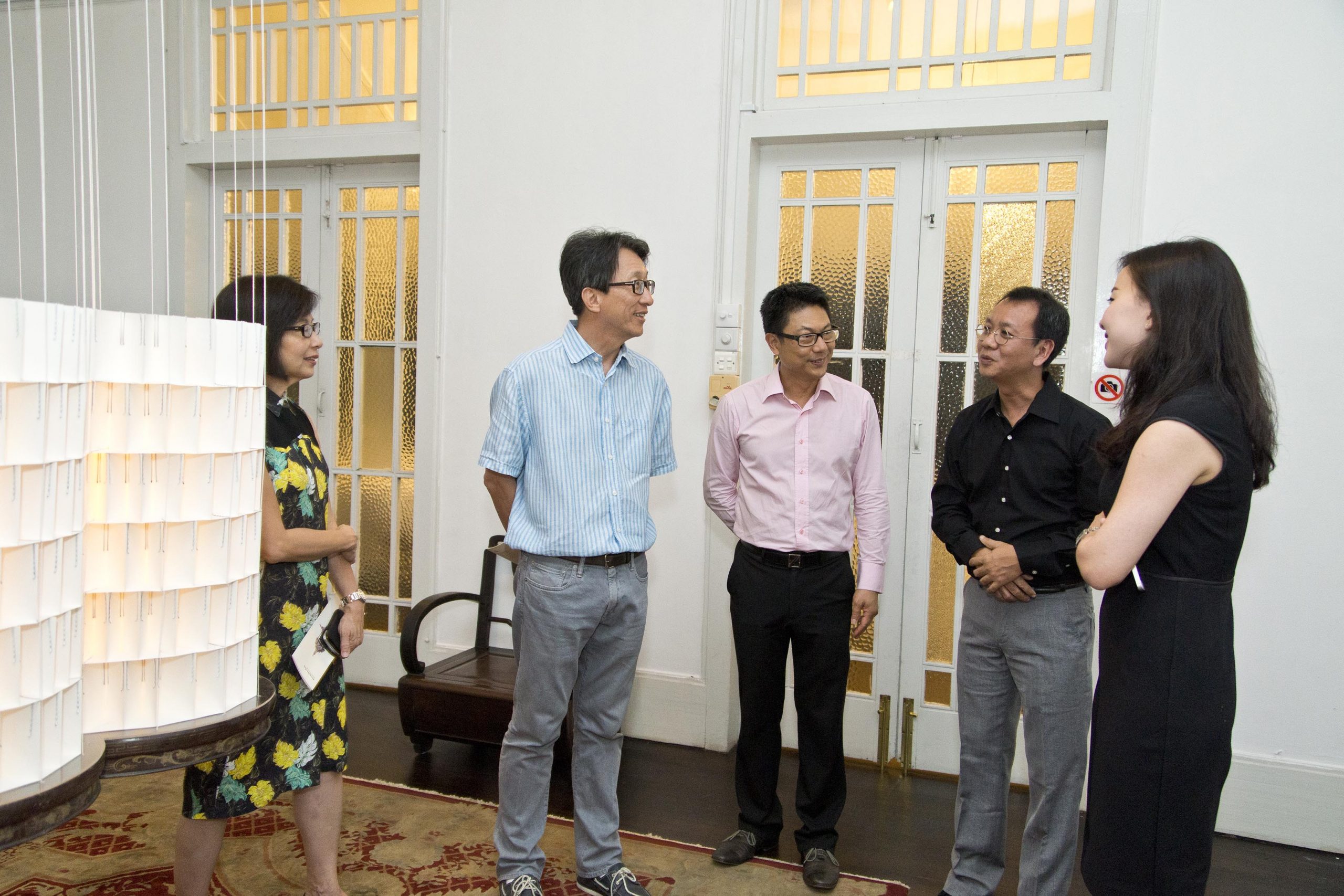Ruang Baan Baan
Working with Archetypes
Jakapan Vilasineekul, who studied in Bangkok and Karlsruhe/Germany and who is working as a university lecturer in Bangkok, stands in the tradition of international object art. Through the combination of found everyday objects (Objets trouvés) with artistically formed sculptural components, he creates assemblages and installations. He also replicates everyday things and natural objects through classic artistic techniques like painting, drawing, and bronze sculpture.
Found, formed, transformed, and newly artistically formed materials and objects serve him as the vehicles for conveying memories, experiences and emotions.
Jakapan’s creativity is inspired by archetypes, i.e. primitive or just common mental images, universally understood symbols, terms, or patterns of behaviour, inherited from the earliest human ancestors, and supposed to be present in the collective unconscious as taught in Carl Gustav Jung’s theory of psychoanalysis.
In Jakapan’s installations and environments that can be chairs. Found, drawn, exhibited, opposed as pairs of art and everyday object, transformed, and used, they are symbols of human existence. They remind him of his ancestors’ lives, and they represent everybody’s living and reality. His “home stories” (Ruang Baan Baan) take place between past and present, the transience and fragility of culture and society. Consequently his images and sculptures of humans are made of grids, transparent, formed in geometric patterns, sometimes upside down, as metaphor of a corset of societal and cultural constraints. Not for the first time he transforms found everyday objects or parts of them into mystical animals. In former works they were crocodiles forced to sink under a lake of stones, dangerous, forceful, but unable to move. Now they are snakes and frogs carved into chairbacks and banisters. Reptiles and amphibia are archetypes as well. They represent human fear of the rampant and dangerous natural world. But carved in wood, encumbered by stones, hanged on the wall they are as immovable and emotionless as a suppressed human soul. Jakapan’s objects and installations tell the story of human existence but they inaugurate possibilities for reflection and interpretation.
— Dr Axel Feuss
Art Historian / Curator
Former Director of Museum Ostdeutsche Galerie,
Regensburg, Germany













